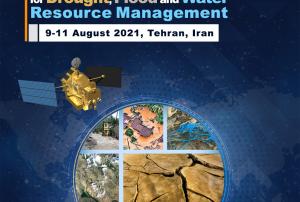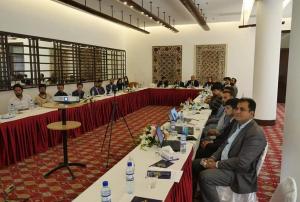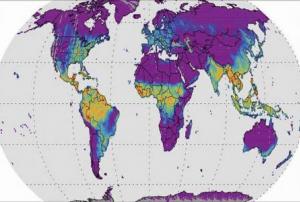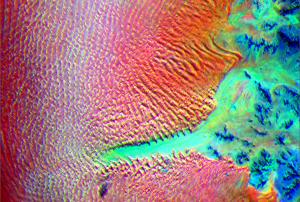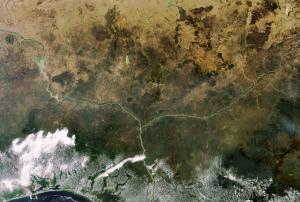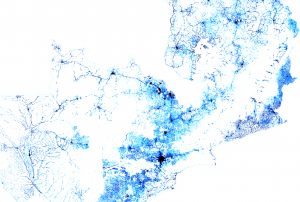Sécheresse
Definition
Facts and figures
Further information
UN-SPIDER Regional Support Offices with hazard-specific expertise
Related content on the Knowledge Portal
Space-based applications related to Earth Observation and geospatial data play an important role in supporting disaster risk reduction, response and recovery efforts through providing accurate and timely information for decision-makers. Monitoring floods, drought conditions and water resource environments using satellite remote sensing (RS) technologies have become more essential recently, in particular for developing countries.
The workshop will be held in Tehran, Iran, from 9 to 11 August 2021, in a virtual format, and will be hosted by the Iranian Space Agency (ISA). The workshop will explore how current space technologies help identify and monitor the effects of a changing climate – including the onset of drought, flash floods, and general water resources conditions as a result of global climate change, in particular on an international and regional scale. The discussions at the workshop will also be linked to the 2030 Agenda for…
read moreRegional Support Offices mentioned:14/06/2021The United Nations Platform for Space-based Information for Disaster Management and Emergency Response (UN-SPIDER) and the Office of the State Ministry for Disaster Management and Humanitarian Affairs of the Islamic Republic of Afghanistan (ANDMA) carried out a virtual thematic meeting on ‘Assessing Drought and Water Resources Conservation Using Earth Observation’, in collaboration with Delta State University and the International Water Management Institute (IWMI). All key stakeholders involved in disaster risk reduction, especially dealing with drought, attended the meeting which was chaired by His Excellency Deputy Minister Mohammad Qasim Haidari. This meeting, held on 26 May 2021, is part of the UN-SPIDER Technical Advisory Support to Afghanistan. It was attended by 48…
read moreRegional Support Offices mentioned:09/06/2021- Publishing institution:
- Publishing institution:
- Publishing institution:
This introductory webinar will cover the fundamentals of Solar Induced Fluorescence (SIF) and LIDAR, their applications, and an overview of different satellite data sources that are openly available. In addition, it will also include a step-by-step guide on how to access, open, and interpret SIF and LIDAR data.
SIF is a relatively new satellite retrieval, providing a direct measurement related to plant photosynthetic activity. It serves as a strong proxy to gross primary production (GPP), capturing dynamic responses of vegetation to stressors such as drought and temperature.
LIDAR is a system that illuminates a target and measures distance through the time taken for a pulse to reflect back to the sensor. LIDAR can be used to generate topography and vegetation height maps and retrieve digital elevation data necessary for flood modeling and vulnerability, along with risk analysis. They are valuable datasets for post-disaster assessment of debris deposition,…
read moreTo continue efforts to make use of the opportunities made available by the space community, UN-SPIDER, NASRDA, NEMA and the Centre for Remote Sensing of Land Surfaces of the University of Bonn (ZFL) joined forces to carry out the UN-SPIDER/NASRDA/NEMA/ZFL National Virtual Expert Meeting on the use of Space-based Solutions for Disaster Risk Management and Emergency Response in Nigeria. The virtual expert meeting focused on the use of space technologies to improve disaster risk reduction in Nigeria. Specifically, the goal of the meeting was to contribute to the efforts conducted by NEMA in the area of disaster risk reduction, preparedness, early warning systems, disaster response and recovery efforts. Outcomesof this Expert Meeting included, but were not limited to:
- Enhancing space-based disaster management efforts in Nigeria
- Improving capacity to use earth observation data to manage disasters in Nigeria
- Raising…
- Facebook Connectivity Lab in collaboration with the Center for International Earth Science Information Network (CIESIN) at Colombia University combines machine vision AI with satellite imagery and census information to create population density maps. With the integration of demographic information, specifically related to age and gender, these maps collectively provide information on both the location and the demographic of a population in a certain country. The population density maps cover the majority of countries around the world.Publishing institution:

